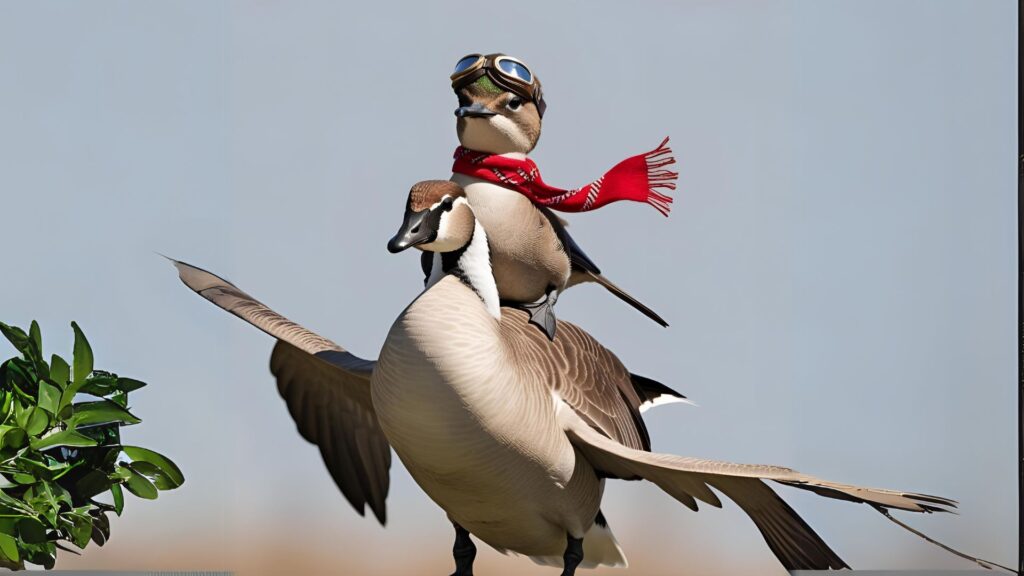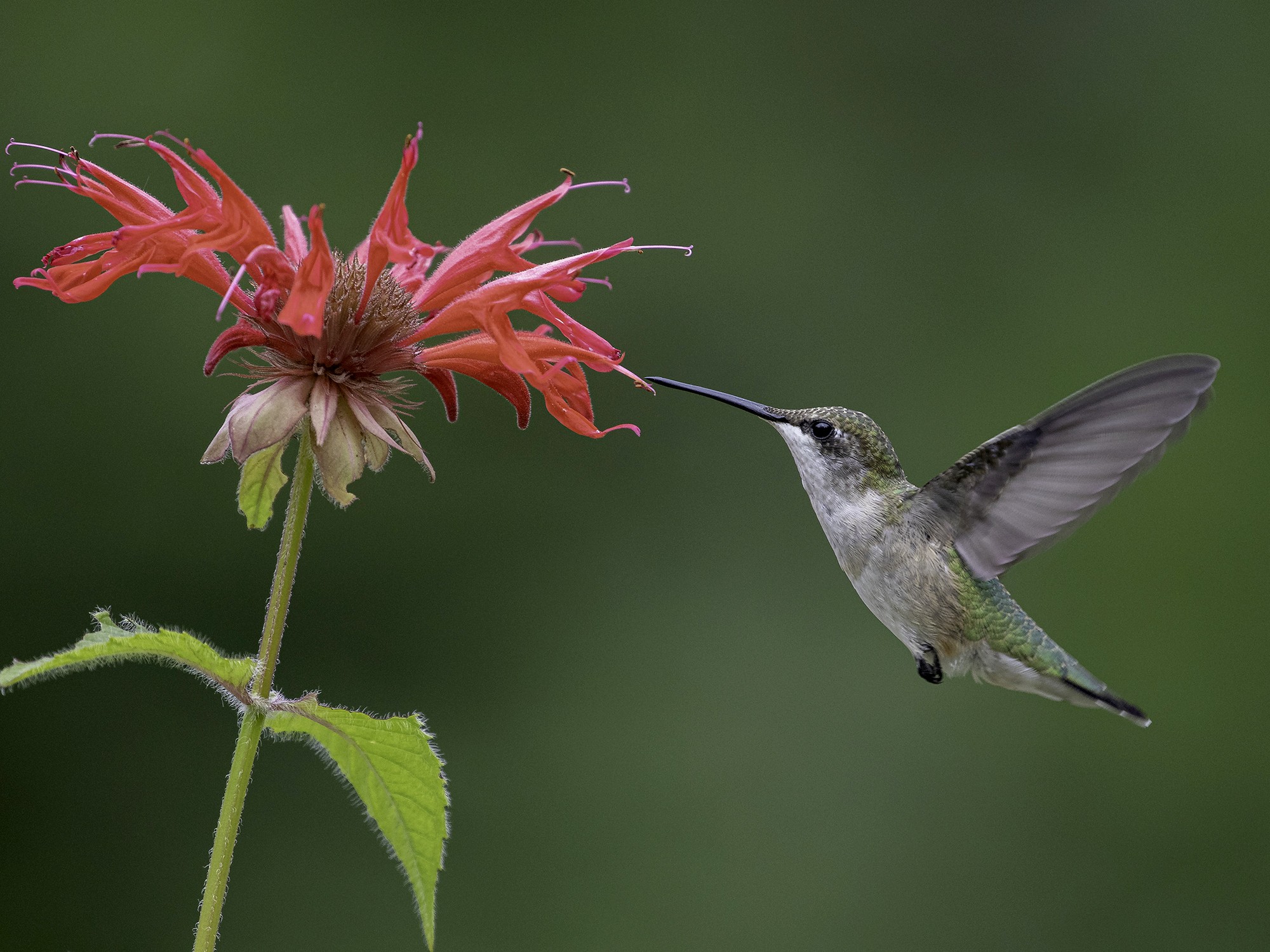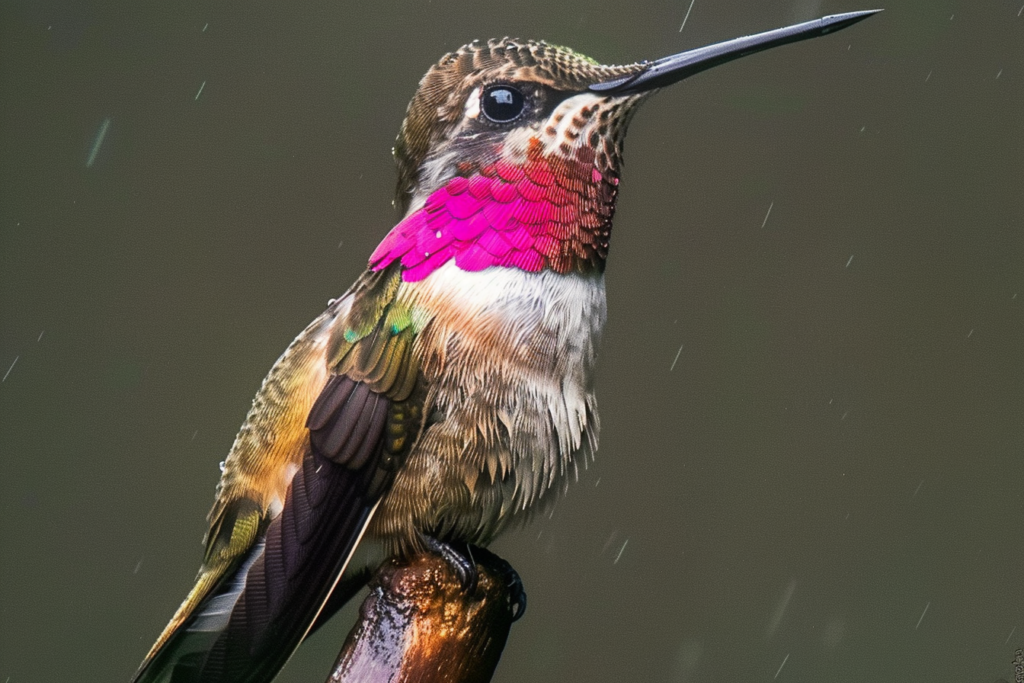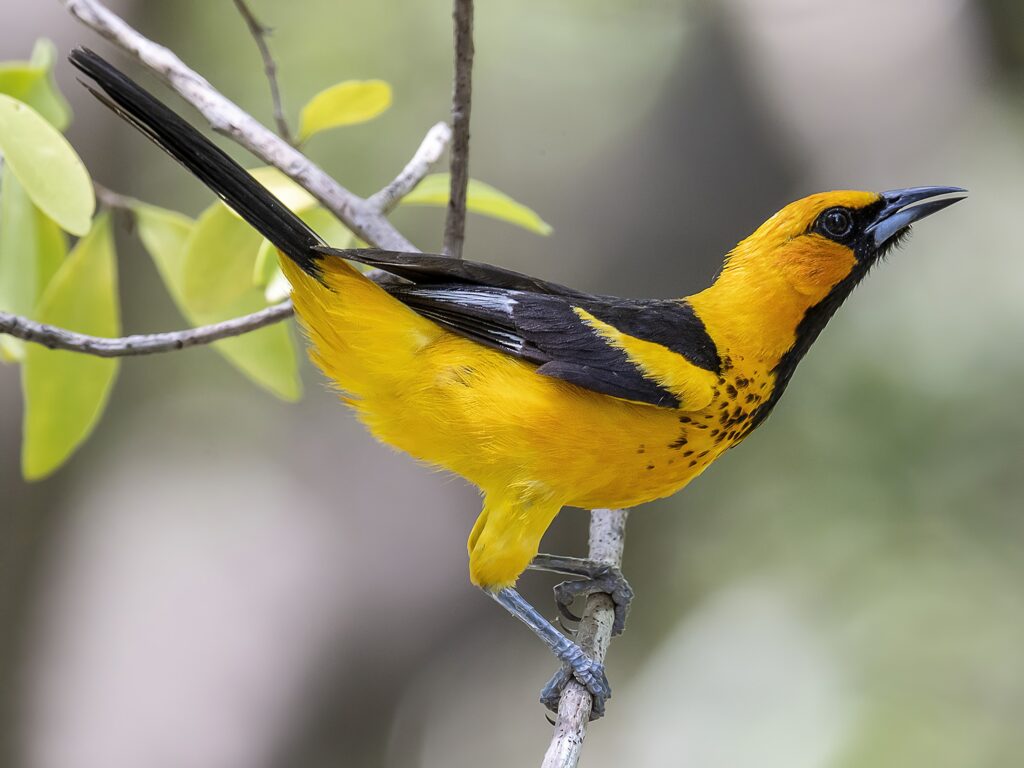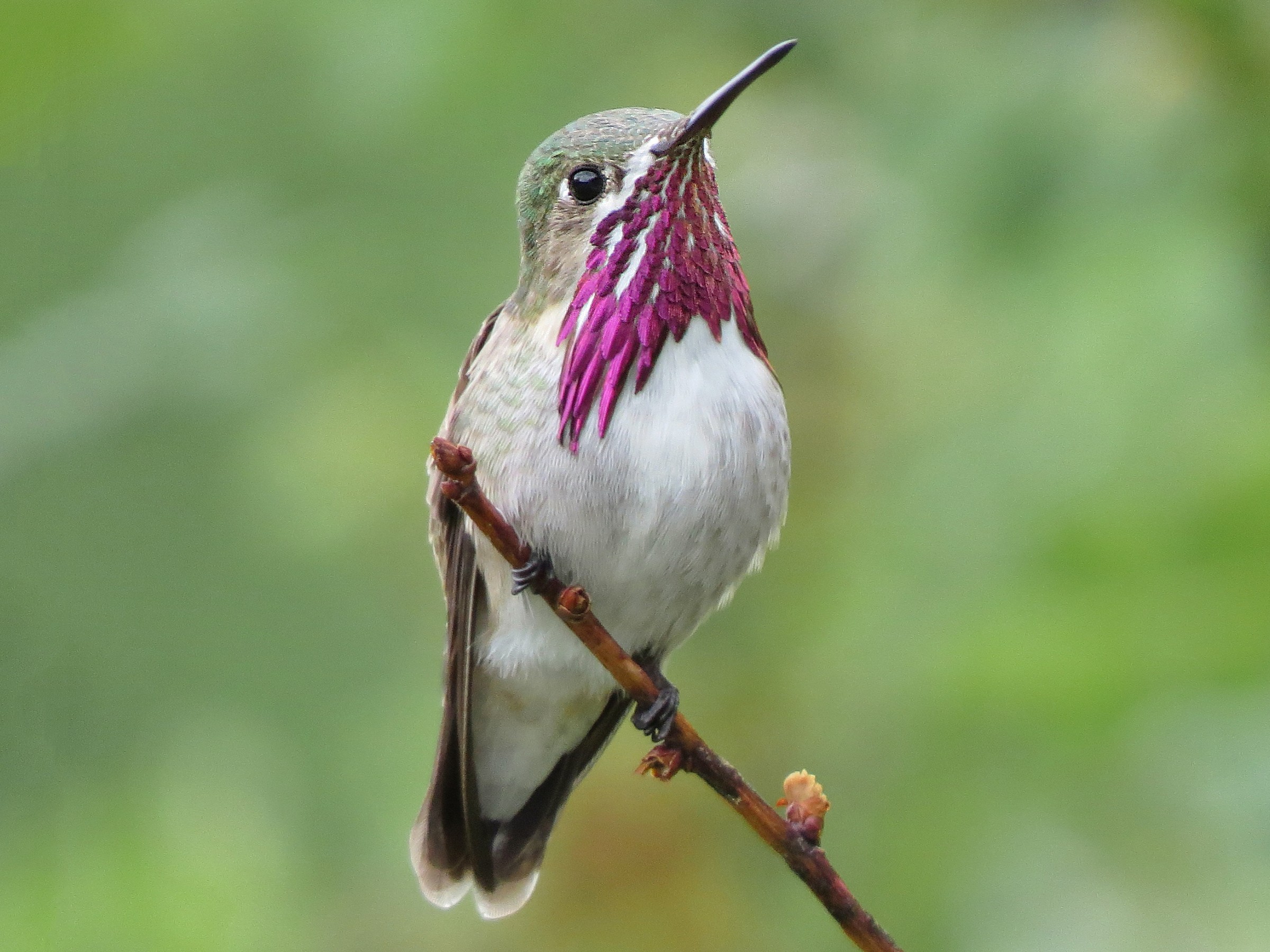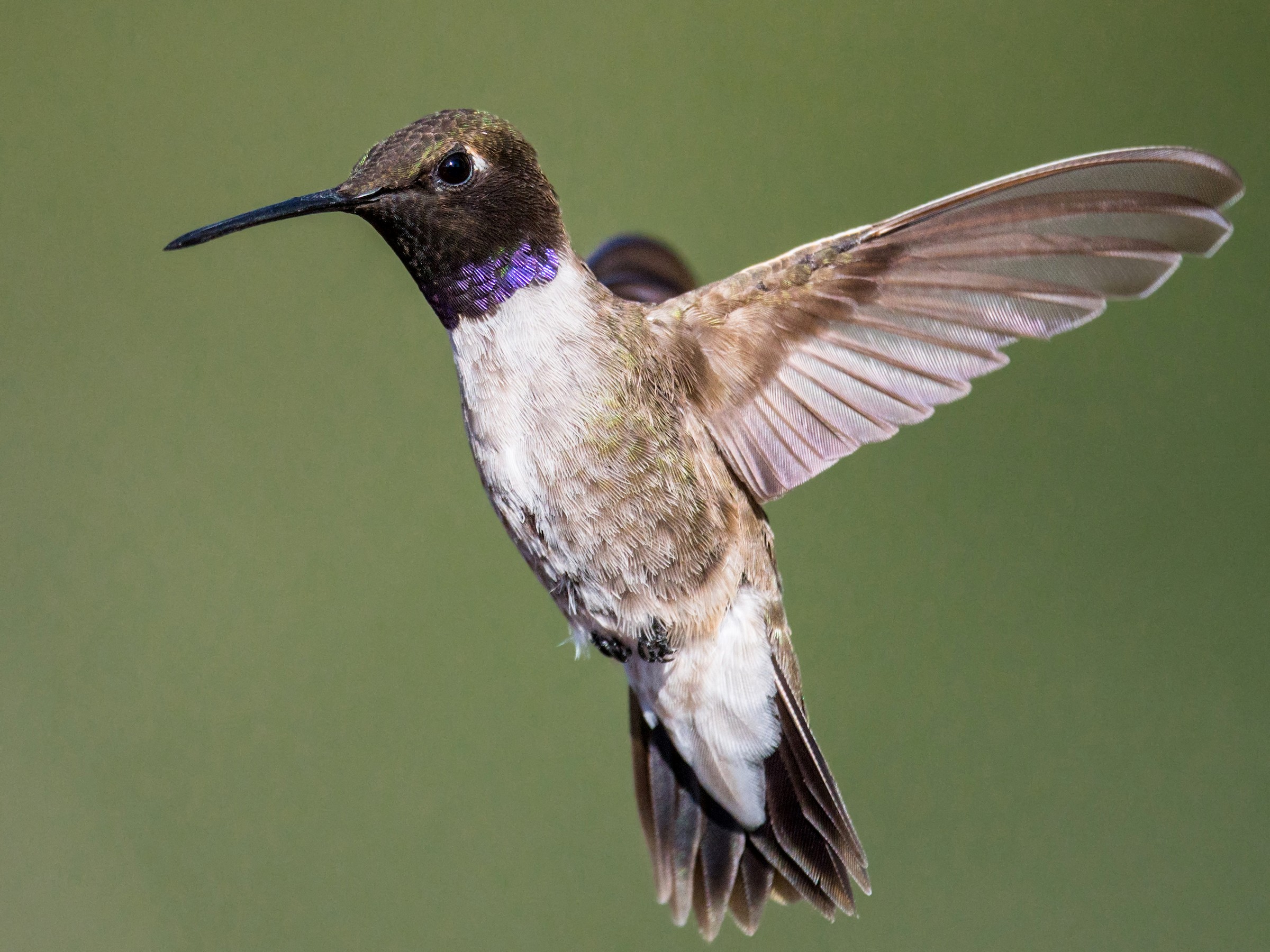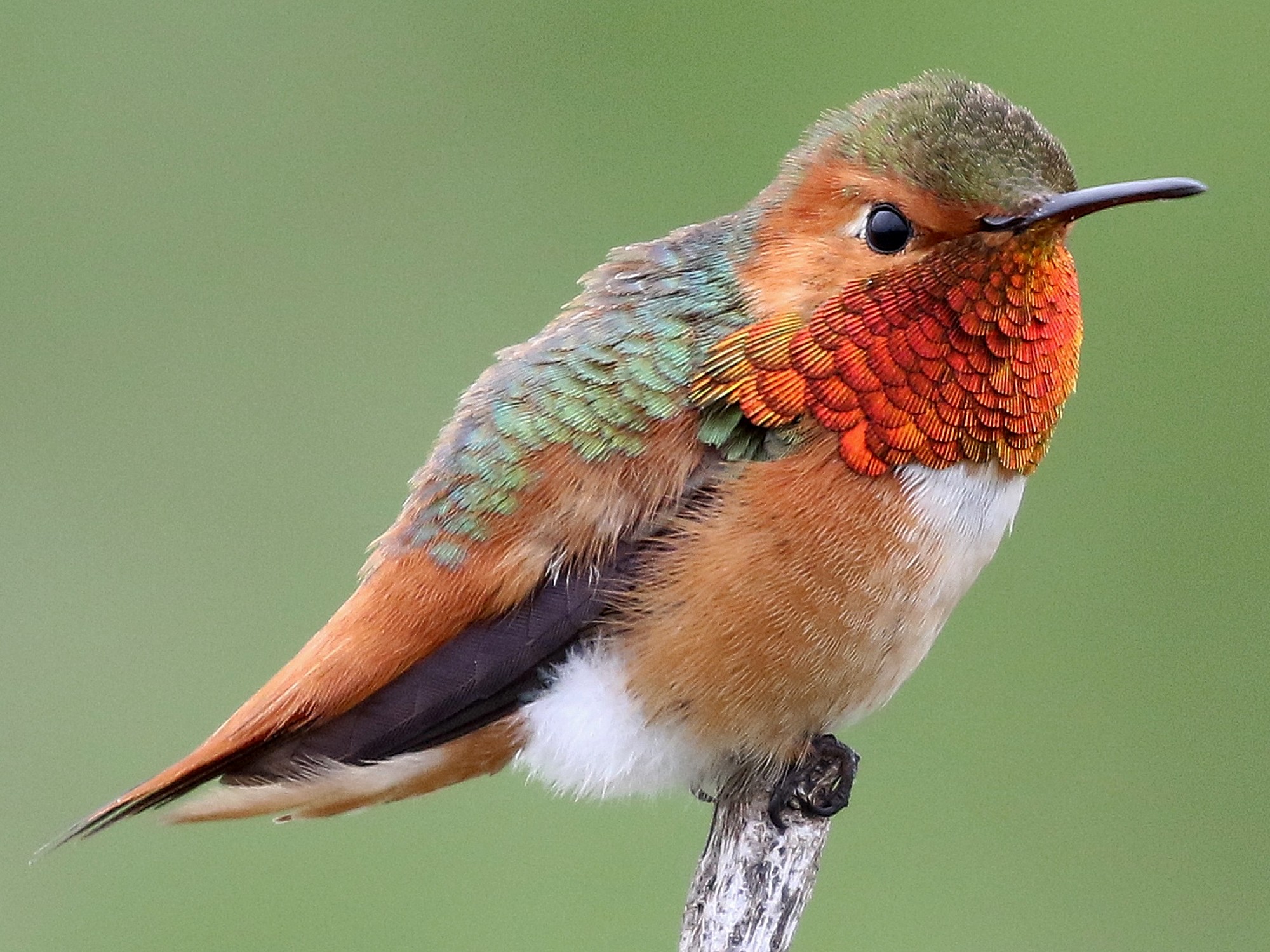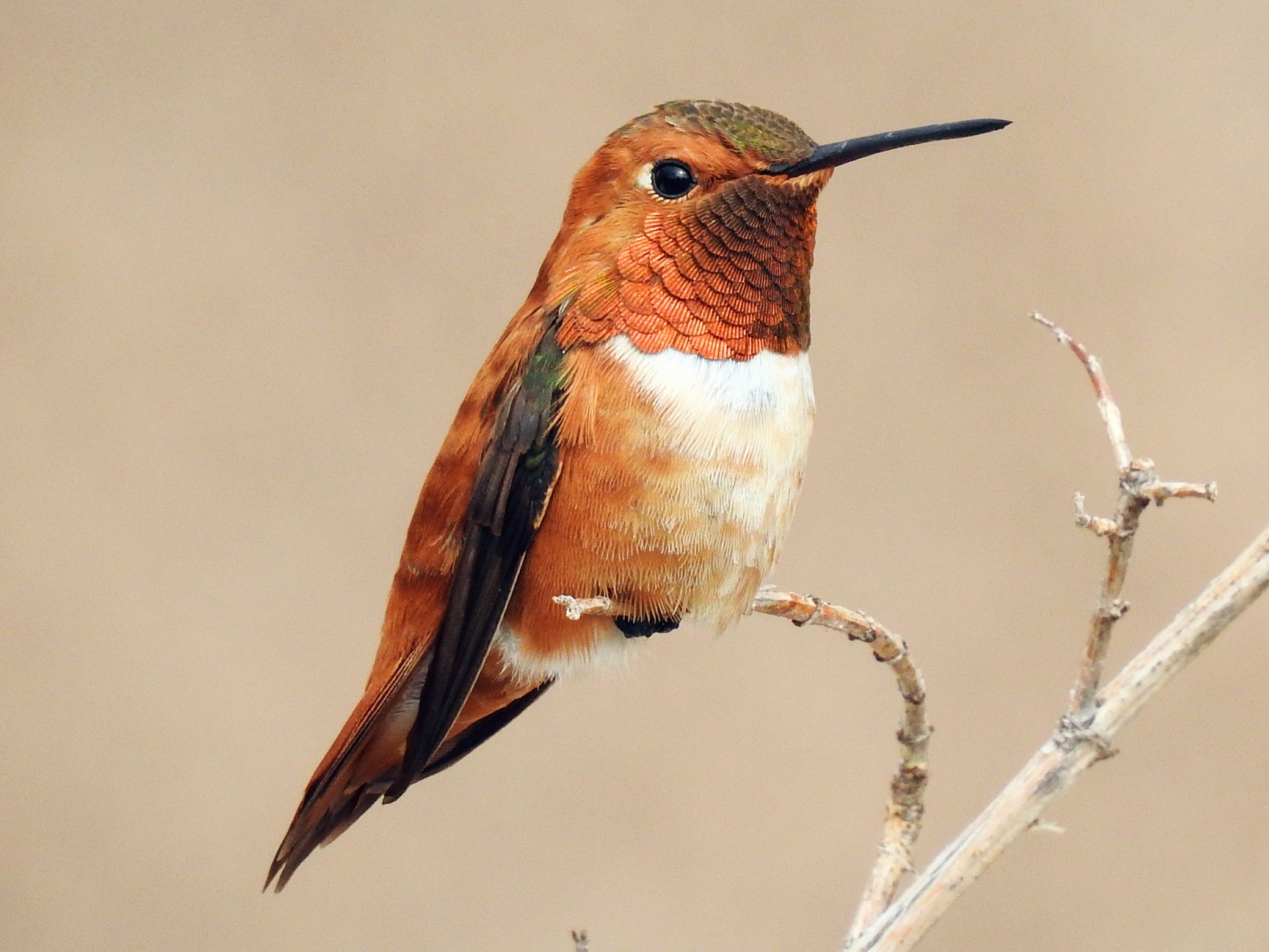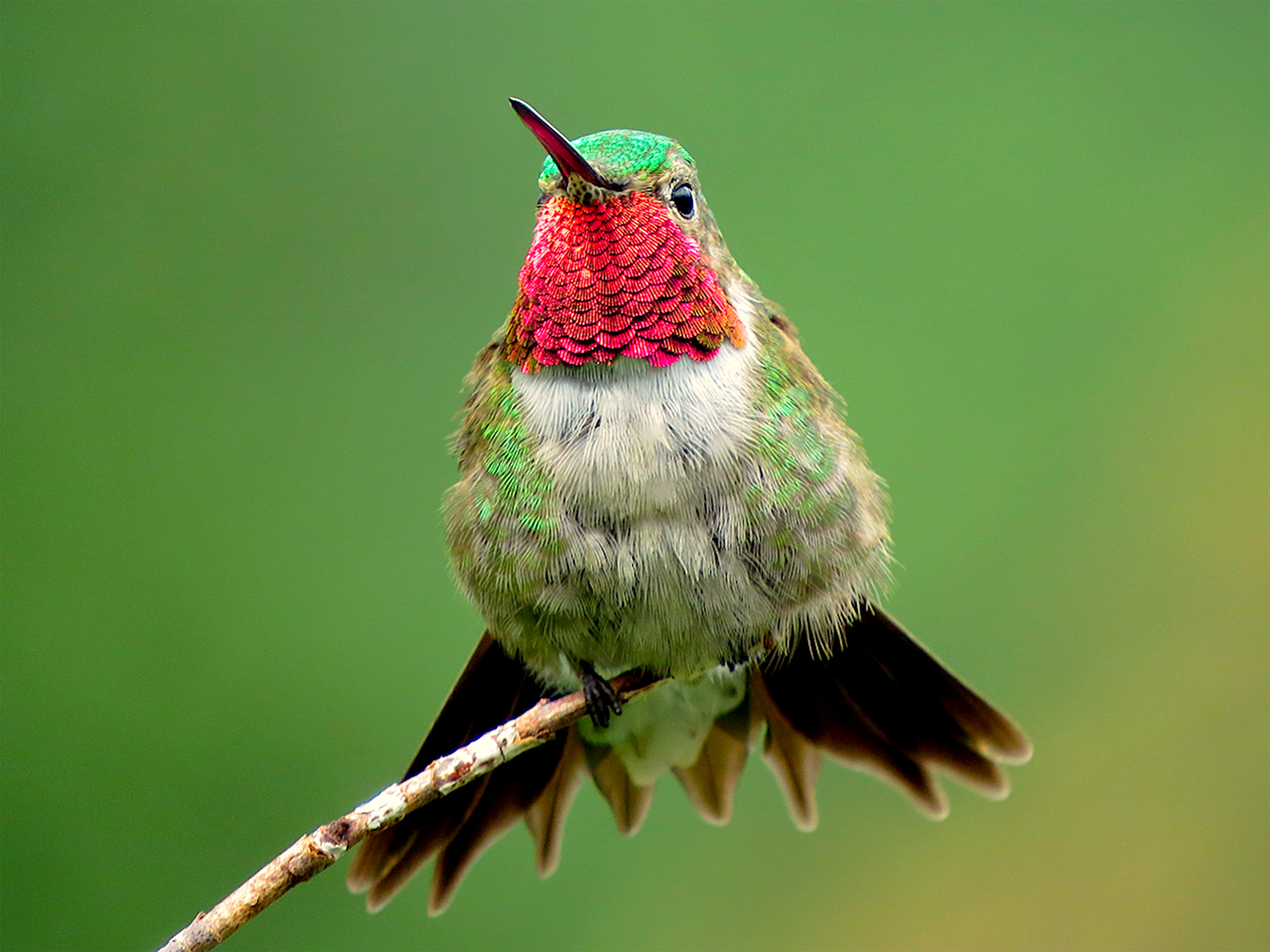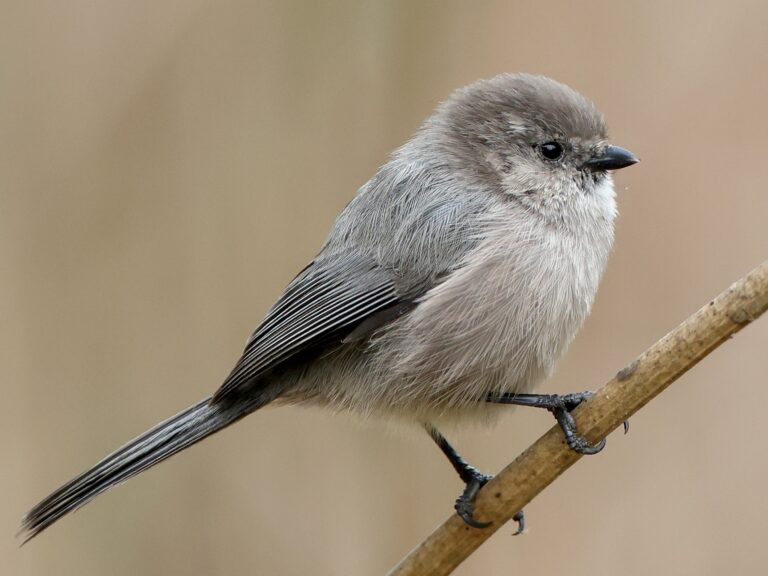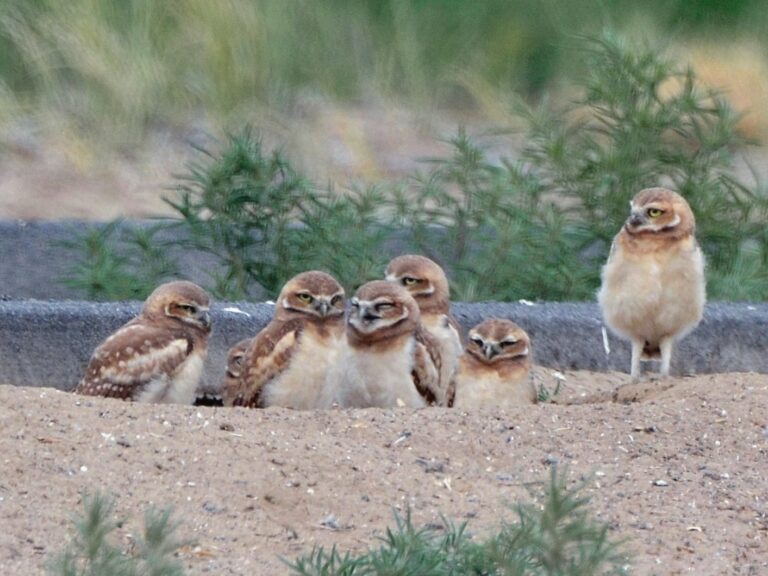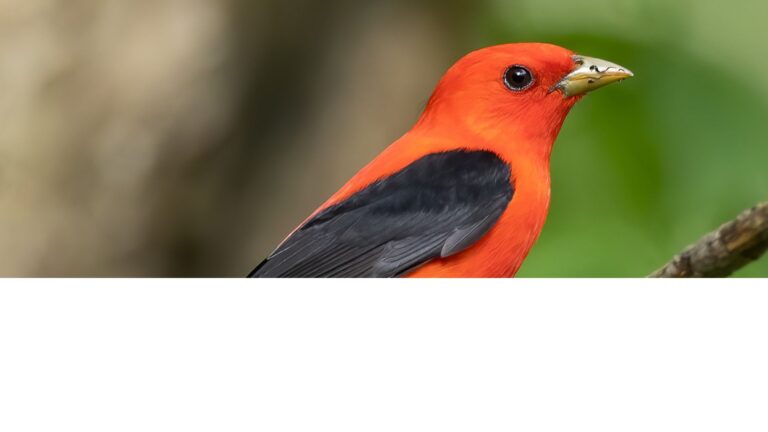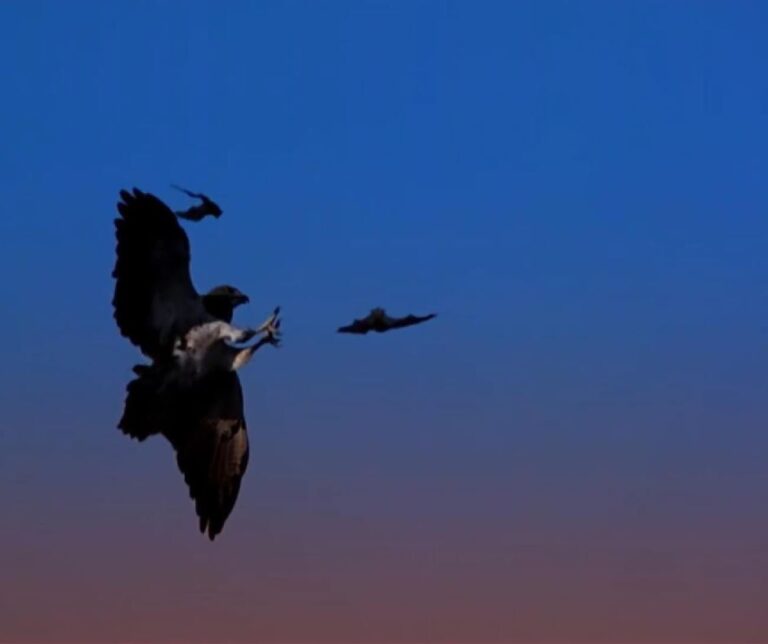Jewels on the Wing: May’s Hummingbirds Migration Spectacle
Introduction
The air warms, flowers unfurl, and across North America, a tiny miracle unfolds. Like living jewels taking flight, hummingbirds migration is one of nature’s most astonishing journeys: their annual spring migration of hummingbirds just like many other birds.
May marks a particularly vibrant and crucial chapter in this epic saga. It’s a month when iridescent feathers flash against burgeoning green landscapes, signaling the true arrival of spring from the southern coasts to the northern forests. These are not merely birds passing through; they are endurance athletes, weighing less than a nickel, undertaking a perilous quest driven by ancient instincts and the promise of new life.
During the crucial period of hummingbirds migration in May, these birds showcase their incredible endurance and navigation skills.
The phenomenon of hummingbirds migration highlights their ability to traverse vast distances in search of food and breeding grounds.
Their journey is a testament to resilience, a high-stakes marathon fueled by nectar and sheer determination.
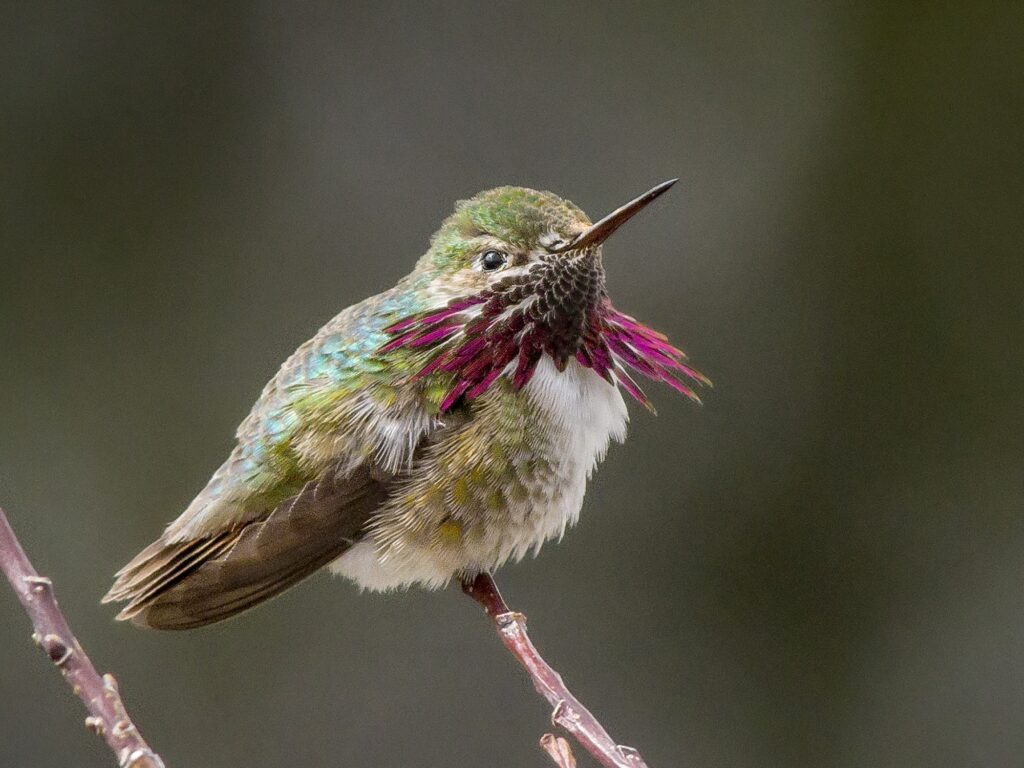
Why Hummingbirds Migrate
Hummingbirds migrate primarily in pursuit of essential resources: abundant nectar from blooming flowers and the small insects vital for protein. Their northward journey in spring leads them to temperate breeding grounds where these resources become plentiful during the summer months, offering less competition than their tropical wintering areas. Hummingbirds migration is a well-timed response to these seasonal changes.
The remarkable journey of hummingbirds migration is not just about survival; it signifies the rebirth of nature as they arrive in new habitats.
So, as we explore the specifics of hummingbirds migration, we find their paths intertwined with the blooming flowers that sustain them.
Each hummingbirds migration season is a critical time for the species, reflecting the delicate balance of ecosystems.
The triggers for this incredible voyage are multifaceted, involving internal biological clocks responding to changes in daylight duration, shifts in food availability, and a powerful, innate instinct honed over millennia.
This post delves into the heart of this phenomenon, exploring the specific hummingbird species making their way across North America in May, the routes they follow, the immense challenges they overcome, the looming shadow of climate change, and how we can all play a part in ensuring these dazzling migrants continue to grace our skies.
Why May is a Magical Month for Hummingbird Migration
While the first stirrings of hummingbird migration begin much earlier in the year, May represents a crescendo in this continental movement. Across vast swathes of the United States and Canada, May typically signals the definitive arrival of spring, with longer days and reliably warmer weather coaxing blooms and awakening insect life.
As hummingbirds migration progresses, the significance of their presence in urban parks and gardens becomes increasingly apparent.
This burgeoning abundance provides the critical fuel necessary for the final legs of the journey and the demanding breeding season ahead.
This period of hummingbirds migration is essential for males to establish their territories before females arrive.
For many hummingbird species, May is the month they push into the northernmost reaches of their breeding territories, marking the peak of hummingbirds migration. While early arrivals might appear in southern states as early as February or March, May sees hummingbirds reaching states like Minnesota, Michigan, and Maine, and venturing well into Canadian provinces.
The vast array of species involved in hummingbirds migration showcases the diversity of these magnificent birds.
May’s hummingbirds migration presents an opportunity for birdwatchers to observe these stunning creatures in action.
Sightings become more widespread, extending even into urban parks and gardens in cities like New York and Chicago. This geographic expansion signifies the peak of northward movement for numerous populations.
Crucially, May often marks the transition from arduous travel to the vital business of reproduction. Male hummingbirds, driven by instinct, typically migrate several days or even weeks ahead of females. Their early arrival in May allows them to scout and fiercely defend prime territories rich in food sources, preparing to court the females who follow.
Therefore, May is not simply about birds in transit; it’s a period of convergence and settlement, the culmination of hummingbirds migration as they arrive at their final destinations to begin nesting.
Sign Up for Our Monthly Newsletter
Every month we send out our newsletter about interesting (and sometimes quirky) things happening in the world of birding. Give it a try!
Meet the May Migrants: Hummingbirds on the Move
The hummingbird family boasts incredible diversity, with over 360 recognized species worldwide, all native to the Western Hemisphere. However, only a fraction of these undertake the long journey into the United States and Canada each year, typically between 12 and 15 species regularly migrate north.
May is a prime time to witness several key species actively migrating or settling into their summer homes. While some species, like the Anna’s Hummingbird (Calypte anna) along the Pacific Coast, are largely non-migratory or undertake only minor seasonal movements, others are deep into their northward push this month.
The Eastern Star: Ruby-throated Hummingbird (Archilochus colubris)
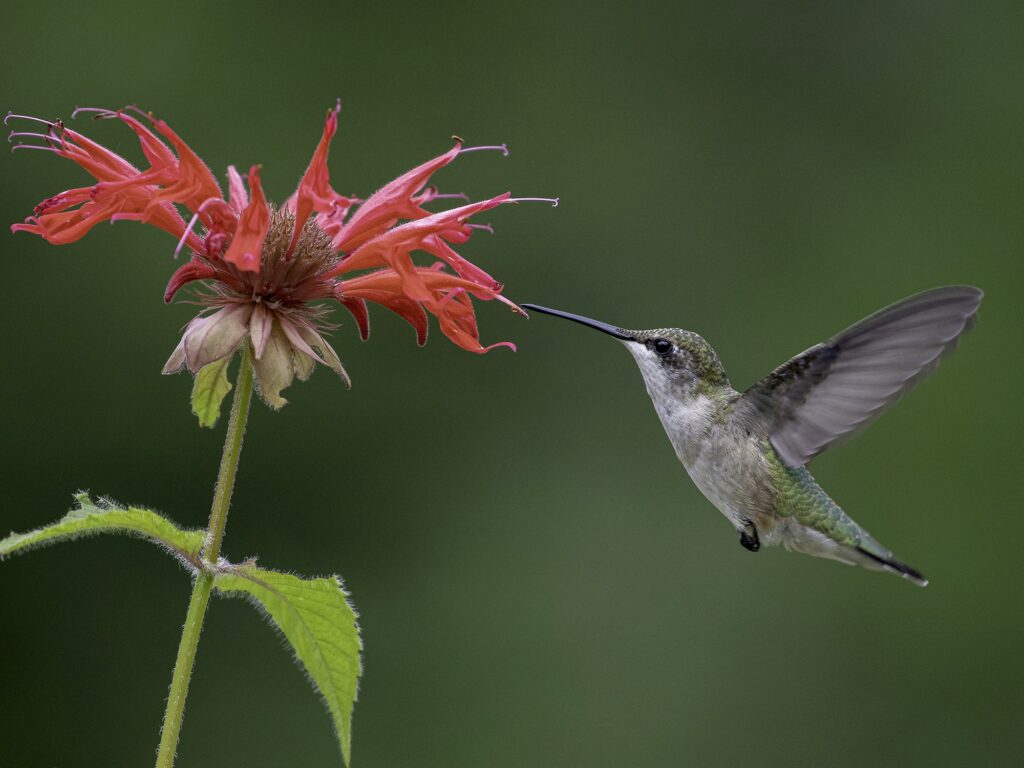
Instantly recognizable by the male’s fiery red throat (gorget) and the female’s clean white throat, both sporting iridescent green backs, the Ruby-throated Hummingbird holds a unique distinction: it is the only hummingbird species that breeds in eastern North America. Their breeding range is vast, covering more area than any other North American hummingbird.
Want the best for your backyard friends?
Safflower seed is the best for wild birds because it’s rich in protein and healthy fats, providing excellent nutrition and energy. And, as a bonus, it attracts colorful songbirds like cardinals and chickadees.
By May, the Ruby-throated migration is in full swing across the eastern and central United States. Having arrived in the southernmost states in late February or March, they push steadily northward. May sees them arriving in the northern tier of states – Minnesota, Michigan, Wisconsin, New England – and extending into southern Canada.
Wildlife experts note that the peak spring migration generally spans from March to mid-May, meaning May captures both birds still en route and those reaching their final breeding destinations. Their adaptability is remarkable, with sightings reported even within major cities.
One of the most awe-inspiring aspects of their journey is the perilous, non-stop flight many undertake across the Gulf of Mexico in the spring. Traveling from wintering grounds in Central America, particularly the Yucatan Peninsula, thousands launch themselves over open water, flying up to 500 miles in approximately 18 to 22 hours without rest or food.
This incredible feat requires immense preparation, with birds nearly doubling their body weight before departure. Interestingly, their southbound migration in the fall often follows a more cautious overland route along the Gulf Coast through Texas and Louisiana.
Observing hummingbirds migration offers insight into the species’ resilience and adaptability.
The Ruby-throated Hummingbird is the most numerous hummingbird species in North America, with population estimates around 34 to 36 million individuals. Historically, their populations showed steady increases according to the North American Breeding Bird Survey (BBS), leading to a conservation status of “Low Concern”.
However, more recent research analyzing BBS data suggests a potential reversal of this trend, indicating possible declines across much of their range beginning around 2004. Continued monitoring is essential to understand these shifting dynamics.
Western Wonders: Rufous, Allen’s, Black-chinned, Calliope, and Broad-tailed
The western half of North America hosts a greater diversity of migrating hummingbirds. May is a critical month for several species navigating the complex landscapes of mountains, coasts, and deserts.
Rufous Hummingbird (Selasphorus rufus)
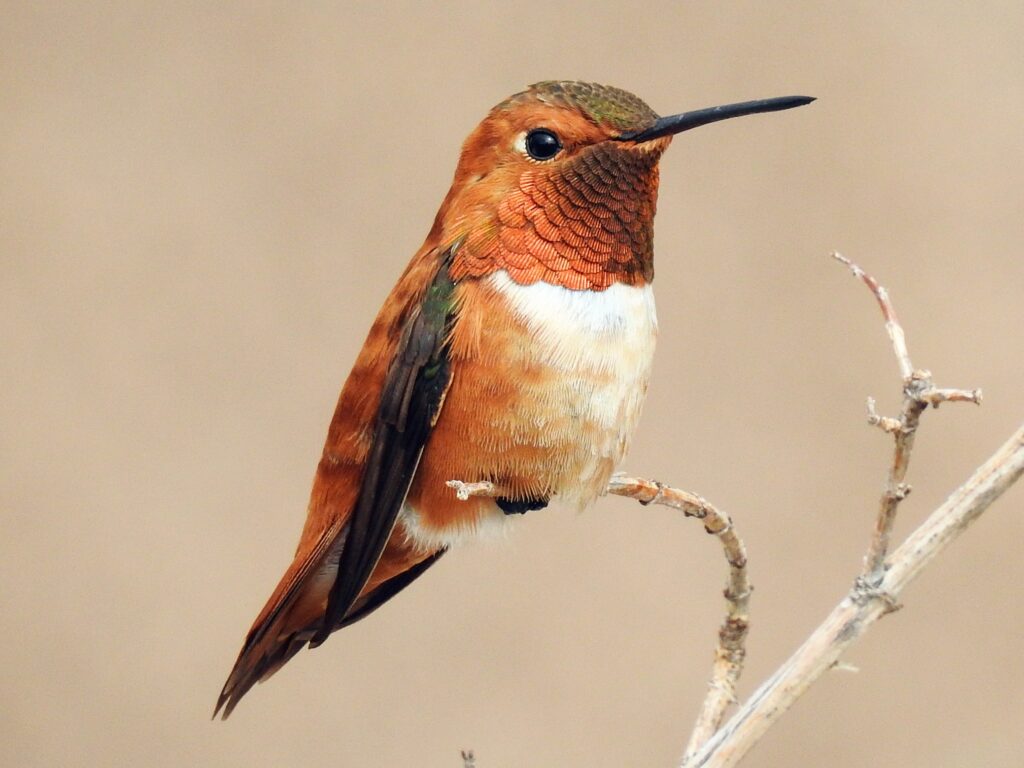
Known for the male’s brilliant coppery-orange plumage and both sexes’ feisty, aggressive nature, the Rufous Hummingbird is a champion migrant. They undertake one of the longest migrations relative to body size of any bird in the world, traveling from wintering grounds in Mexico as far north as Alaska.
In May, they are pushing north along the “Pacific Flyway,” arriving in Oregon, Washington, and British Columbia, continuing their journey towards southeastern Alaska. Their migration follows a remarkable clockwise loop: north along the coast in spring, and south via the Rocky Mountains in late summer and fall.
Despite their vast range, Rufous Hummingbirds are a species of significant conservation concern. Populations have experienced steep declines, estimated at around 67% between 1966 and 2019, with declines potentially accelerating in recent years.
They are listed as “Declining” and are on the Partners in Flight Yellow Watch List for species needing significant conservation action. Population estimates vary significantly across sources, ranging from 6.5 million to 22 million individuals, reflecting the challenges in monitoring this wide-ranging species.
Allen’s Hummingbird (Selasphorus sasin)
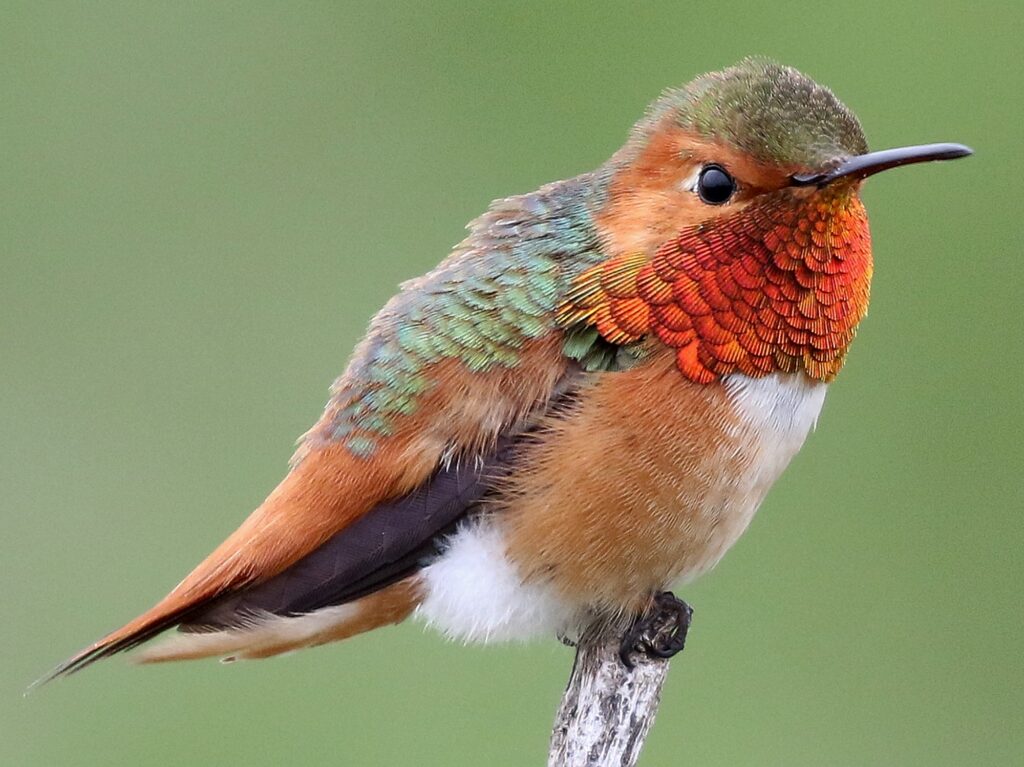
Closely resembling the Rufous, the Allen’s Hummingbird male typically has a bronze-green back contrasting with its coppery flanks and tail, though identification, especially of females and immatures, is notoriously difficult.
This species primarily breeds in a very narrow strip of coastal scrub and chaparral from southern Oregon down through California. The migratory subspecies (S. s. sasin) arrives extremely early on these breeding grounds, often by January or February. By May, these migrants are well-established and actively breeding.
A second, sedentary subspecies (S. s. sedentarius), originally confined to the Channel Islands, has colonized the southern California mainland and is present year-round. Like the Rufous, the Allen’s Hummingbird is facing serious conservation challenges. It is listed as “Declining” and is on the Yellow Watch List.
BBS data suggests dramatic declines of 80-83% since the 1970s. However, this alarming figure is debated, as it may not fully account for the significant range expansion and population growth of the sedentary subspecies within urbanized Southern California.
The global population estimate is around 1.5 to 1.7 million individuals. If the reported decline rates persist for the migratory population, its numbers could halve again in less than two decades.
Black-chinned Hummingbird (Archilochus alexandri)
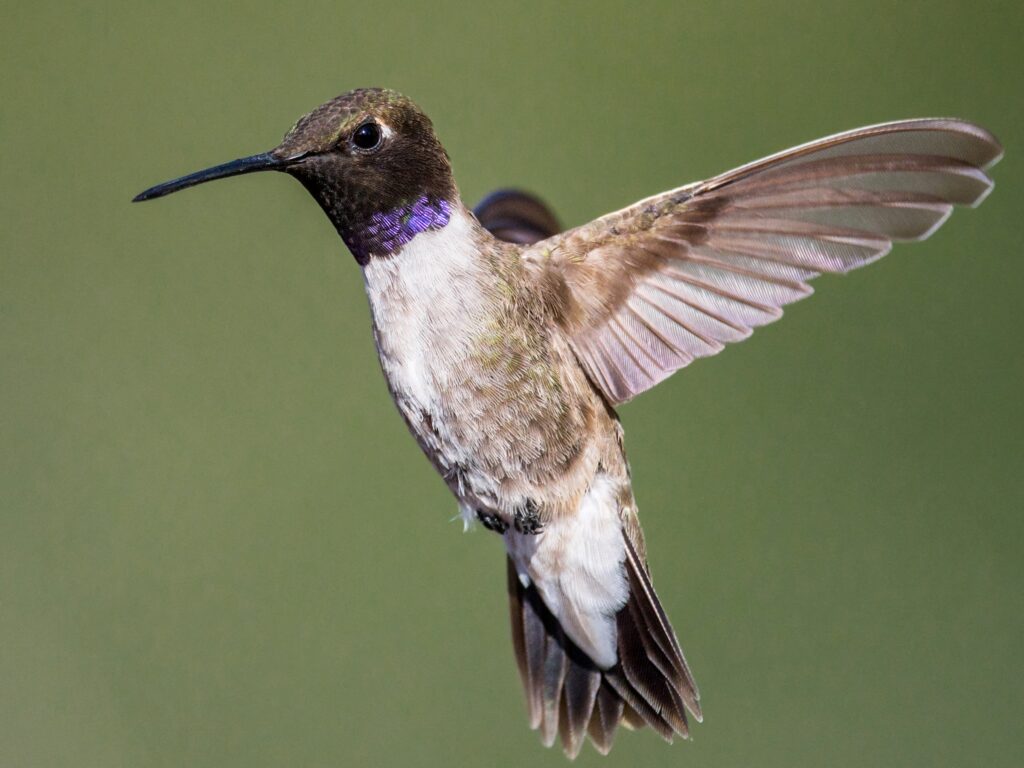
This slender hummingbird is widespread across the West, inhabiting diverse environments from arid deserts to moist mountain forests. The male’s throat appears velvety black in most light, bordered below by a thin iridescent purple strip, while the female has a plain, pale throat.
They often pump their tails while hovering. May finds Black-chinned Hummingbirds arriving or already present throughout their extensive breeding range, which stretches from southern British Columbia south through the intermountain west and into Texas, Arizona, and California.
They are considered highly adaptable and common. Their conservation status is “Low Concern,” with populations generally considered stable or increasing, potentially aided by their adaptation to urban environments and the prevalence of hummingbird feeders. The estimated global population is substantial, around 7.7 to 8.8 million birds.
Calliope Hummingbird (Selasphorus calliope)
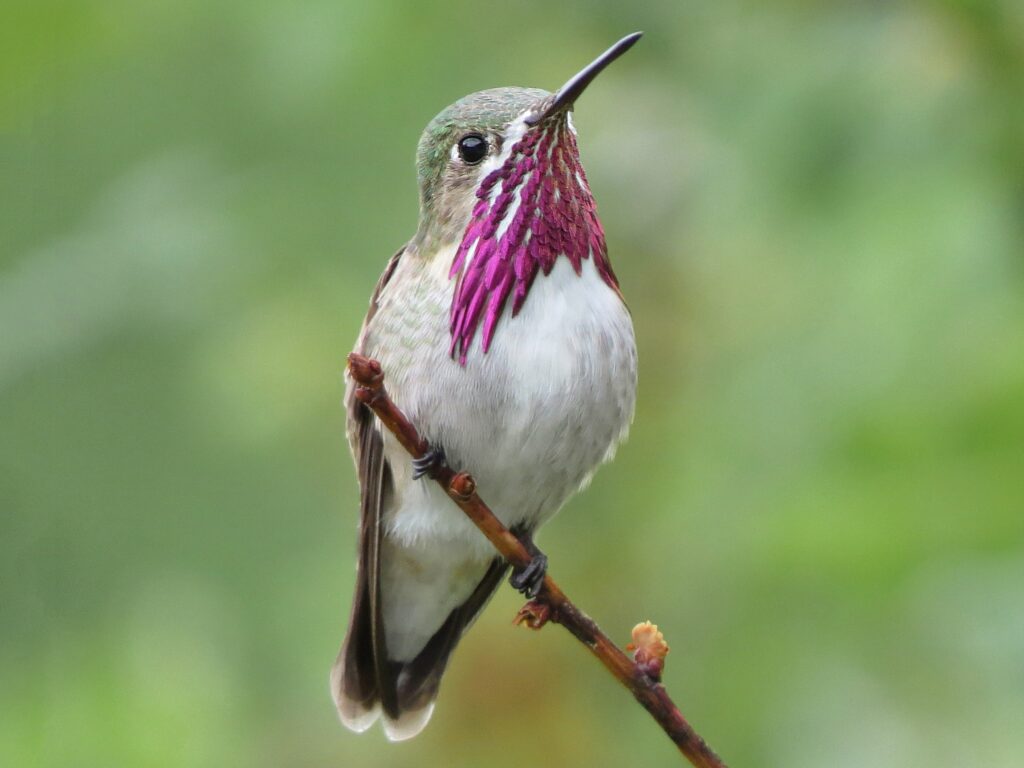
The smallest bird breeding in the United States and Canada, the Calliope Hummingbird is easily recognized by the male’s unique throat feathers, which form distinct magenta rays against a white background. Females and immatures are more subdued, with a peachy wash on their undersides.
These tiny migrants breed in high-elevation mountain meadows and open forests across the northwestern U.S. and into Canada (British Columbia, Alberta). May is a key arrival month as they reach these montane breeding grounds. They follow an elliptical migration pattern, heading north via the Pacific coastal regions in spring and returning south through the Rocky Mountains in fall.
Their conservation status is “Low Concern” , but they are included on the Yellow Watch List because their entire population winters in a restricted area within Mexico. Population trends appear relatively stable, although some data points to slight declines. The global population is estimated at around 4.5 million.
Broad-tailed Hummingbird (Selasphorus platycercus)
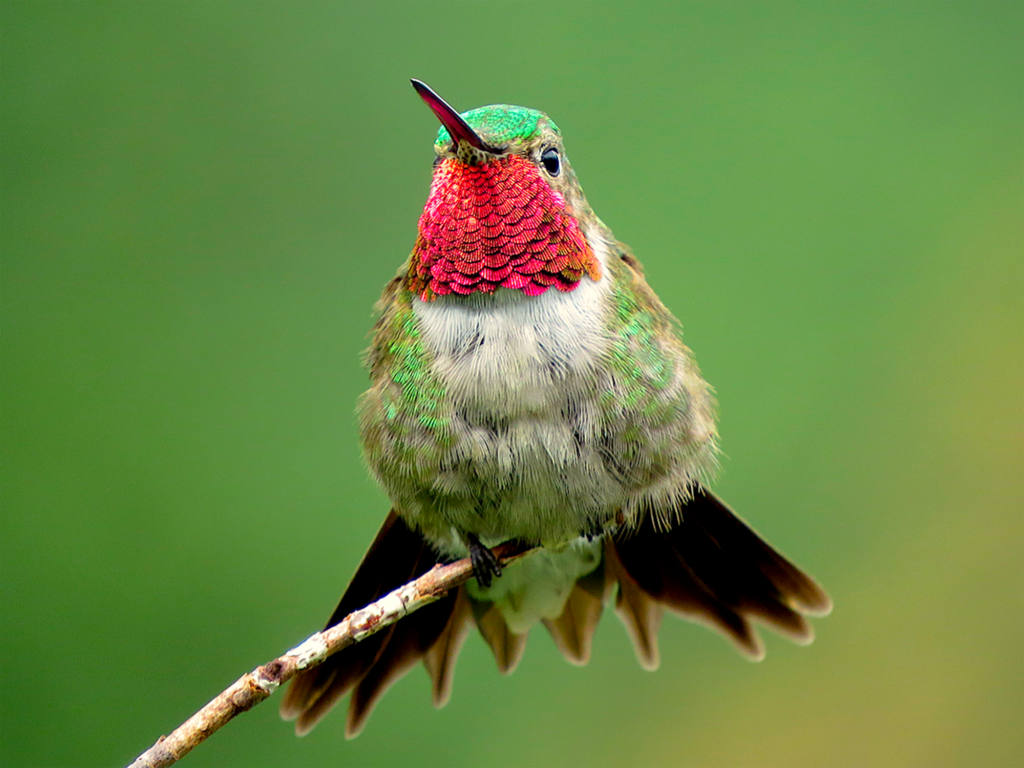
A medium-sized hummingbird of higher elevations in the Rocky Mountains and Great Basin, the male Broad-tailed is noted for its rose-magenta throat and the loud, metallic trilling sound produced by its wings in flight. Females have green spotting on the throat and a distinct pale eyering.
They breed in mountain meadows and open woodlands, often pinyon-juniper or pine-oak associations. May is a crucial period for their northward migration, with arrivals occurring in Colorado from late April through late May, Wyoming by mid-May, and Idaho and southern Montana by late May.
Understanding the intricacies of hummingbirds migration is key to appreciating these birds’ ecological roles.
Efforts to track hummingbirds migration are becoming vital for conservation initiatives.
As we delve into hummingbirds migration, it’s important to highlight ways to help these species thrive.
Although considered fairly common, Broad-tailed Hummingbirds have experienced significant population declines, estimated at around 45% between 1966 and 2019, with recent accelerations in this trend. They are placed on the Yellow Watch List. A primary concern is the potential mismatch between their arrival times and the blooming of high-elevation nectar sources due to climate change, which could impact nesting success. The global population is estimated between 7.6 and 9.8 million birds.
The varying statuses and trends among these species paint a complex picture. While adaptable species like the Black-chinned Hummingbird appear to be thriving, potentially benefiting from human-altered landscapes, several western migrants, particularly the Rufous, Allen’s, and Broad-tailed Hummingbirds, are facing significant population declines.
It’s essential to acknowledge the role each individual can play in supporting hummingbirds migration.
This contrast suggests differing levels of vulnerability to threats like habitat loss along specific flyways, climate change impacts (perhaps more pronounced in western or high-elevation ecosystems), or varying abilities to adapt to changing environments. The unique situation of the Allen’s Hummingbird, with its declining migratory subspecies and expanding sedentary one, further underscores the nuanced dynamics affecting these tiny travelers.
The following table summarizes key information for these prominent May migrants:
| Species Name (Scientific Name) | Primary May Location/Movement | Estimated Global Population* | Population Trend | Conservation Status |
| Ruby-throated Hummingbird (Archilochus colubris) | Arriving Northern US & Canada; Migrating through East/Midwest | 34-36 Million 13 | Historically Increasing; Possible Recent Decline 27 | Low Concern 20 |
| Rufous Hummingbird (Selasphorus rufus) | Arriving Pacific NW & British Columbia; Migrating North | 6.5-22 Million (Highly Variable) 14 | Steeply Declining 14 | Declining; Yellow Watch List 6 |
| Allen’s Hummingbird (Selasphorus sasin) | Breeding in Coastal CA/OR (Migratory Arrived Earlier); Year-round in SoCal (Sedentary) | 1.5-1.7 Million 30 | Steeply Declining (Migratory); Expanding (Sedentary) 42 | Declining; Yellow Watch List 42 |
| Black-chinned Hummingbird (Archilochus alexandri) | Arriving/Present throughout West (Deserts to Mountains, incl. BC, ID, NV, TX, AZ, CA) | 7.7-8.8 Million 29 | Increasing/Stable 15 | Low Concern 54 |
| Calliope Hummingbird (Selasphorus calliope) | Arriving High Elevations NW US & Canada (BC, AB, CO, NV, CA) | 4.5 Million 30 | Stable/Slight Decline 31 | Low Concern; Yellow Watch List (Winter Range) 61 |
| Broad-tailed Hummingbird (Selasphorus platycercus) | Arriving High Elevations Rockies/Great Basin (CO, WY, ID, MT late May) | 7.6-9.8 Million 16 | Declining 16 | Yellow Watch List 16 |
*Population estimates are based on data from Partners in Flight (PIF) and/or the North American Breeding Bird Survey (BBS) and may vary between sources or based on year of assessment.
Mapping the Journey: Visualizing May Migration
You can take a look at a hummingbird migration map here.
Eastern Focus – Ruby-throated Hummingbird Weekly Abundance in May:

Observing the eBird weekly abundance map for the Ruby-throated Hummingbird (Archilochus colubris) during May reveals a dramatic northward surge. In early May, higher concentrations are still evident across the southeastern U.S. As the weeks progress, these areas of higher abundance push rapidly north and northeastward.
By late May, the maps show significant concentrations reaching into the Great Lakes region, New England, and southern Canada, illustrating their arrival in the northernmost parts of their breeding range.
The map also visually underscores the perilous Gulf of Mexico crossing – the vast expanse of the Gulf of Mexico shows very low abundance, highlighting the concentration of birds along the coastlines before and after this challenging flight.
Western Focus – Rufous, Allen’s, and Black-chinned Weekly Abundance in May:
The eBird weekly abundance maps for key western migrants tell different but equally fascinating stories in May. For the Rufous Hummingbird (Selasphorus rufus), the maps show abundance consolidating and pushing north along the Pacific coast and into the interior Northwest during May weeks.
High concentrations appear in California, Oregon, Washington, and northward into British Columbia. The Allen’s Hummingbird (Selasphorus sasin) map reflects its more restricted coastal breeding range; by May, the migratory subspecies shows concentrated abundance within that narrow strip, while the sedentary subspecies maintains its presence in Southern California year-round.
The Black-chinned Hummingbird (Archilochus alexandri) map illustrates its widespread presence across the interior West in May, with abundance increasing in areas from Texas and Arizona northward through the Great Basin and into the Pacific Northwest and southern British Columbia.82 These maps vividly depict the different strategies and timings employed by western species navigating diverse landscapes.
Perils Along the Path
These migration maps do more than just illustrate routes; when considered alongside the known dangers hummingbirds face, they reveal geographic vulnerability hotspots where threats are particularly concentrated.
The Gulf of Mexico crossing, clearly visible as a low-abundance area on the Ruby-throated map, is arguably the most dangerous leg for that species. Birds face unpredictable headwinds and storms with no place to land for hundreds of miles.
Exhaustion is a constant threat, and food is non-existent over the open water. Survival hinges on accumulating sufficient fat reserves – gaining 25-40% of their body weight – before attempting the crossing. A sudden cold front or storm during this transit can be catastrophic.
For western species like the Rufous, Calliope, and Broad-tailed hummingbirds, whose migration routes traverse the Rocky Mountains and other high ranges, different perils emerge. High altitudes present physiological challenges, and mountain weather can change rapidly and severely.
Finding reliable “nectar corridors” – pathways with sequentially blooming flowers – is crucial but can be disrupted by yearly variations in weather or longer-term climate shifts.
Beyond these specific geographic challenges, adverse weather is a universal threat along all migration routes. Unexpected cold snaps, heavy rain, hail, or strong winds can ground birds, deplete energy reserves, damage food sources, or cause direct mortality. Drought conditions can severely limit nectar availability, forcing longer, more energy-draining stopovers.
The increasing loss and fragmentation of essential habitat poses a severe threat visible where migration routes intersect human-dominated landscapes on the maps.
Hummingbirds rely on specific stopover habitats – forests, woodlands, meadows, riparian areas – to rest and refuel.
With over 80% of species dependent on forested areas or native grasslands, deforestation, urban sprawl, and agricultural conversion break up these vital corridors, making it harder for migrants to find the resources they need to continue their journey.
Human structures create direct flight risks, particularly concentrated in urban and suburban areas that migration routes inevitably cross. Collisions with windows and buildings are a major source of avian mortality.
Furthermore, light pollution from cities and towns can disorient night-migrating birds (though hummingbirds primarily fly by day, disorientation can still occur or affect stopover behavior), leading to exhaustion, collisions, or increased vulnerability to predators.
As the hummingbirds migration unfolds across different landscapes, their behavior adapts to local conditions.
Finally, securing adequate food is a constant challenge. Natural predators (other birds, reptiles, even large insects or frogs) exist 11, but the availability of nectar and insects is paramount.
Invasive plant species can outcompete native nectar sources, while the documented decline in insect populations removes a critical source of protein and fats, essential for replenishing energy reserves during migration and feeding young upon arrival. These maps, therefore, become more than just tracking tools; they highlight areas where the gauntlet of migration is most intense, pinpointing critical zones for conservation efforts.
The Marathoners: Feats of Hummingbird Migration
The physical demands of migration on these tiny birds are almost beyond comprehension. Their physiology is pushed to the absolute limit. During flight, a hummingbird’s heart can beat up to 1,260 times per minute, and their wings flap at an astonishing rate of 15 to 80 times per second, depending on the species and flight type.
To power this incredible output, they must consume vast amounts of energy. Before embarking on long migratory flights, particularly the Gulf crossing, they enter a state of hyperphagia, feeding intensely to accumulate fat reserves, often gaining 25-40% of their total body weight.
This stored fat is the fuel that powers their journey. When conditions become challenging, such as cold nights or periods of food scarcity, hummingbirds possess the remarkable ability to enter a state of torpor.
The fascinating journey of hummingbirds migration continues to inspire many.
As hummingbirds migration unfolds, their resilience is a testament to the strength of nature.
During torpor, they dramatically slow their metabolism, dropping their heart rate (sometimes as low as 45-180 beats per minute compared to a resting rate of ~480 bpm for Black-chinned) and body temperature to conserve precious energy.
Their flight capabilities are equally impressive. While their average forward flight speed is around 20-30 miles per hour, they can achieve much higher speeds during courtship dives or evasive maneuvers. Though average daily travel might be around 23 miles when stopping frequently to feed, they are capable of covering immense distances when necessary, like the 500-mile non-stop Gulf of Mexico crossing.
They typically fly low, just above the treetops or water, allowing them to spot potential food sources like blooming flowers or feeders. While they primarily fly during the day when nectar sources are available, some parts of migration might occur at night.
Perhaps most mysterious is their navigation. Hummingbirds migrate solitarily, not in guided flocks. Young birds making their first journey must rely entirely on instinct, navigating thousands of miles without parental guidance. They are thought to use a combination of cues, including the position of the sun, potential sensitivity to the Earth’s magnetic field, and visual landmarks.
They exhibit remarkable site fidelity, often returning to the same breeding territories, wintering grounds, and even the same feeders along their migration route year after year. They are also adept at using weather patterns to their advantage, expertly utilizing tailwinds to conserve energy and speed their journey.
The persistent myth that hummingbirds hitch rides on the backs of larger birds like geese is entirely false; these tiny athletes complete their incredible journeys under their own power. To truly grasp the scale, consider the Rufous Hummingbird’s one-way trip of roughly 3,900 miles – equivalent to traveling over 78 million times its own body length. It is an epic feat of endurance performed twice each year against staggering odds.
An Uncertain Future: Climate Change and Hummingbirds
Looming over the marvel of hummingbird migration is the significant and growing threat of climate change. This global phenomenon acts as a pervasive disruptor, impacting nearly every facet of a hummingbird’s life, from food availability to the timing and success of their journeys.
One of the most critical impacts is the potential for phenological mismatch. Hummingbird migration has co-evolved over millennia with the blooming times of their essential nectar plants. As warming temperatures cause plants, particularly at higher latitudes and elevations, to flower earlier in the spring, there’s a growing risk that hummingbirds may arrive on their breeding grounds or at crucial stopover points after peak bloom has passed.
Conversely, if birds migrate earlier in response to warming cues on their wintering grounds, they might arrive before flowers have bloomed, leaving them without sustenance.
The beauty of hummingbirds migration reminds us of the wonders of the natural world.
Studies have already documented flowers blooming significantly earlier (up to 17 days) than migrating hummingbirds arrive in some areas.
Research on Broad-tailed Hummingbirds and glacier lilies, for instance, showed the interval between first bloom and first arrival shrinking by two weeks compared to the 1970s, with hummingbirds sometimes arriving too late.
Evidence also suggests Ruby-throated Hummingbirds may be arriving on breeding grounds up to two weeks earlier than a century ago. This temporal decoupling between birds and their food resources threatens their ability to refuel during migration and successfully raise young.
Every step taken to protect crucial stopover sites enhances the success of hummingbirds migration.
By understanding the challenges of hummingbirds migration, we can better support their needs.
Climate change is also forcing range shifts. As temperatures warm, the climatic conditions suitable for many species are moving northward and upward in elevation. Audubon’s climate models project drastic changes by 2080 for several species. Allen’s Hummingbird could lose 90% of its current breeding range, potentially shifting inland.
Knowing about hummingbirds migration can inspire individuals to participate in conservation efforts.
Rufous Hummingbirds face the potential loss of 100% of their non-breeding range within the U.S.. Black-chinned and Calliope Hummingbirds are also projected to experience significant shifts and range instability. There’s evidence these shifts are already underway: the northward expansion of Anna’s Hummingbirds, increased overwintering of Rufous Hummingbirds in the southeastern U.S., potential shifts in Black-chinned Hummingbirds, and a northward drift in the winter range of Ruby-throated Hummingbirds have all been observed or suggested.
The critical question is whether these birds can find the specific habitat structures and diverse food sources they need to survive and reproduce in these new, climatically suitable areas. Furthermore, physiological limitations may prevent some species, like Anna’s Hummingbirds studied at high elevations, from simply moving significantly higher to escape warming, as oxygen levels and air pressure impact their flight efficiency and energy balance.
Beyond these direct impacts, climate change exacerbates habitat degradation. Increased frequency and intensity of droughts reduce nectar availability in flowers. Altered precipitation patterns and rising temperatures affect the health of forests, grasslands, and crucial wetland stopover sites. Sea-level rise directly threatens coastal habitats vital for some species. These changes further diminish the resources available to migrating hummingbirds along their already challenging routes.
The impact of climate change on hummingbirds migration is an urgent concern for conservationists.
Ultimately, climate change acts as a systemic destabilizer. It’s not merely adding another hurdle but fundamentally altering the environmental cues, resource availability, and geographical suitability that have shaped hummingbird migration patterns over evolutionary time. It disrupts the synchronized timing between birds and plants, forces them into potentially unsuitable new territories, and degrades the quality of habitats along their routes, creating a complex web of challenges that threatens the future of these remarkable journeys.
How You Can Help Hummingbirds This May (and Beyond)
Witnessing the breathtaking flight of a hummingbird is a privilege, and thankfully, there are concrete actions everyone can take to support these tiny migrants during their demanding journeys and crucial breeding season. Transforming backyards and communities into welcoming oases can make a real difference.
Make Your Yard a Welcoming Oasis:
- Hang Feeders Strategically: Offer supplemental nectar by hanging hummingbird feeders. It’s best to put them out a couple of weeks before hummingbirds typically arrive in your area to catch early migrants, and leave them up well into the fall to support late departures or southbound travelers.
- Use the Right Nectar: The best and safest nectar is a simple solution of 1 part plain white table sugar dissolved in 4 parts water. Gently heat the water to help dissolve the sugar, then let it cool completely before filling feeders. Never use honey, artificial sweeteners, or red dye, as these can be harmful or fatal to hummingbirds.
- Keep Feeders Clean: This is critical. Sugar water ferments quickly, especially in warm weather, producing toxic alcohol and growing harmful mold. Feeders should be cleaned thoroughly every few days (more often in hot weather) with hot water (and a little vinegar or a mild soap, rinsed very well).
- Place Feeders Thoughtfully: Position feeders in the shade to slow fermentation and ideally within 10-15 feet of trees or shrubs, providing hummingbirds a safe place to perch and survey the area between sips. Avoid placing them too close to windows to minimize collision risk.11 While some debate exists about the potential impacts of feeders on natural pollination or bird behavior, their role in providing crucial energy during migration and nesting is widely recognized.
- Plant Native Flowers: The best way to support hummingbirds is by planting a variety of native, nectar-rich, tubular-shaped flowers that bloom throughout the season. Hummingbirds follow these “nectar corridors” during migration. Resources like the National Audubon Society’s native plants database or local native plant societies can help identify the best options for your region.
- Provide Water: Hummingbirds need water for drinking and bathing. A shallow bird bath with stones for perching or a mister can be attractive options.
- Cultivate Insect Habitat: Remember that insects are a vital part of a hummingbird’s diet, especially for protein and feeding nestlings. Avoid using pesticides in your yard, as hummingbirds can ingest poisoned insects or contaminated nectar. Allowing some leaf litter and native plants can help support healthy insect populations.
- Offer Shelter: Trees and shrubs provide essential cover for nesting, perching, and escaping predators.
Reduce Migration Hazards:
- Make Windows Safer: Window collisions are a major threat. Apply decals, tape, screens, or other visible markers to the outside surface of windows to help birds see the glass.
- Minimize Light Pollution: Turn off non-essential exterior lights at night, especially during the spring and fall migration peaks (generally March-May and August-October). Use motion sensors or shielded fixtures where light is needed.
- Keep Cats Indoors: Free-roaming domestic cats are a significant cause of bird mortality, including hummingbirds. Keeping cats indoors is the safest option for birds.
Supporting local initiatives can make a difference for hummingbirds migration pathways.
Support Conservation Efforts:
Through shared knowledge about hummingbirds migration, communities can foster awareness and action.
- Become a Citizen Scientist: Contribute valuable data by reporting your hummingbird sightings to platforms like eBird (ebird.org) or Journey North (journeynorth.org). This information helps scientists track populations, understand migration timing, and assess the impacts of environmental changes.
- Support Habitat Conservation: Advocate for the protection and restoration of natural habitats, particularly forests, grasslands, and wetlands that serve as critical stopover and breeding sites. Support conservation organizations working to protect birds and their habitats.
- Advocate for Climate Action: Since climate change poses a fundamental threat, support policies and practices aimed at reducing greenhouse gas emissions and promoting climate resilience.
Every action, from planting a single native flower to reporting a sighting, contributes to a larger effort to understand and protect these extraordinary birds.
Resources for Hummingbird Enthusiasts
For those captivated by hummingbirds and eager to learn more or get involved, numerous reputable organizations and online resources offer a wealth of information:
Authoritative Organizations:
By prioritizing habitats along hummingbirds migration routes, we can enhance their survival odds.
- Cornell Lab of Ornithology: A world leader in bird research and citizen science. Resources include:
- All About Birds: Comprehensive online bird guide with species accounts, ID tips, life history, maps, and sounds (https://www.allaboutbirds.org).
- eBird: Global database for bird sightings, offering tools to explore distribution, abundance maps (including Status and Trends), and track personal lists (https://ebird.org).
- Macaulay Library: The world’s premier scientific archive of natural history audio, video, and photos (https://www.macaulaylibrary.org).
- Bird Academy: Online courses on various bird topics, including hummingbirds (https://academy.allaboutbirds.org).
- All About Birds: Comprehensive online bird guide with species accounts, ID tips, life history, maps, and sounds (https://www.allaboutbirds.org).
- National Audubon Society: Focuses on conservation, advocacy, and education through national programs and local chapters. Resources include:
- Online Guide to North American Birds: (https://www.audubon.org/bird-guide).
- Climate Change Reports: Research on the impacts of climate change on birds (https://www.audubon.org/climate/survivalbydegrees).
- Native Plants Database: Helps find bird-friendly native plants for specific locations (https://www.audubon.org/native-plants).
- Online Guide to North American Birds: (https://www.audubon.org/bird-guide).
- Journey North: Tracks migrations of hummingbirds and other species through citizen science reports and maps (https://journeynorth.org/hummingbirds).
- Hummingbird Central: Website dedicated to hummingbirds, featuring migration maps, species information, and gardening tips (https://www.hummingbirdcentral.com).
- Partners in Flight (PIF): A cooperative network focused on landbird conservation across the Americas, providing population estimates and conservation assessments (https://partnersinflight.org).
- The Hummingbird Society: An organization dedicated specifically to hummingbird conservation and education (https://www.hummingbirdsociety.org).
- U.S. Fish & Wildlife Service (USFWS): Provides information on bird conservation, species profiles, and habitat management (https://www.fws.gov).
Online Guides & Tools:
As we advocate for hummingbirds migration, we champion the interconnectedness of ecosystems.
- eBird Status and Trends: Detailed maps showing weekly abundance, seasonal abundance, range, and population trends for many species (https://science.ebird.org/en/status-and-trends).
- Merlin Bird ID App: Free app from Cornell Lab to help identify birds by sight or sound (https://merlin.allaboutbirds.org).
The annual migration of hummingbirds is a breathtaking spectacle, a reminder of the intricate connections within the natural world and the incredible resilience of life.
As these tiny jewels navigate the vast expanse of North America each May, facing immense challenges amplified by environmental changes, our understanding and support become increasingly vital.
By creating welcoming habitats, reducing hazards, contributing to scientific knowledge, and advocating for conservation, we can help ensure that the whir of hummingbird wings continues to herald the arrival of spring for generations to come.
As scientists analyze the dynamics of hummingbirds migration, their findings can guide future conservation efforts.
As we learn more about hummingbirds migration, our collective responsibility to protect them becomes clearer.
And last, some people ask, “do hummingbirds migrate on geese”?
NO.
